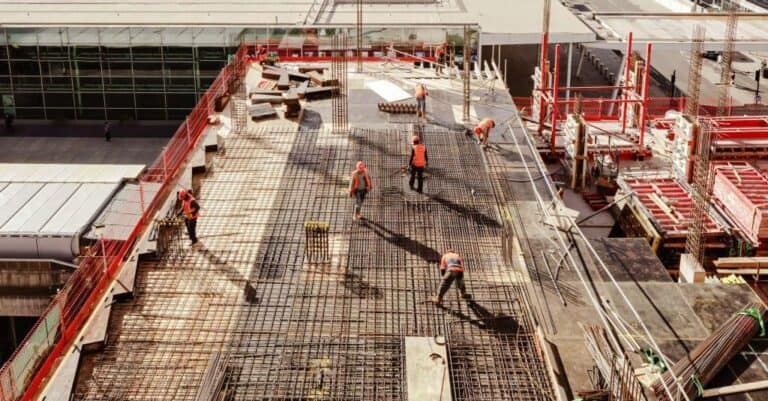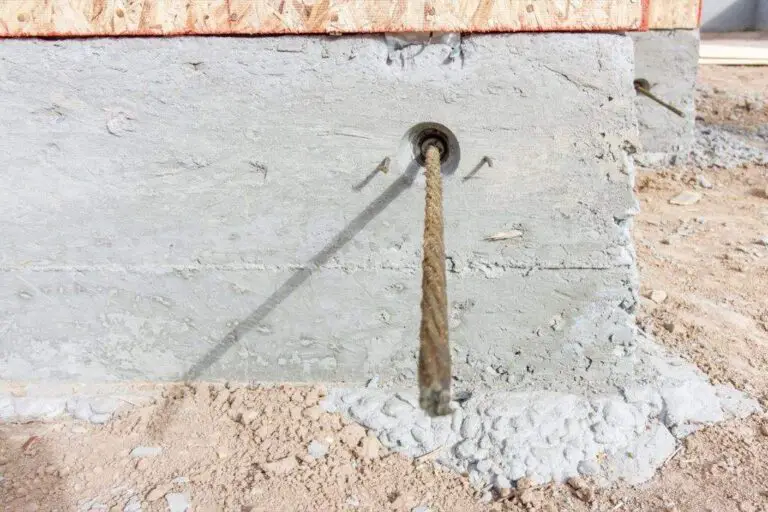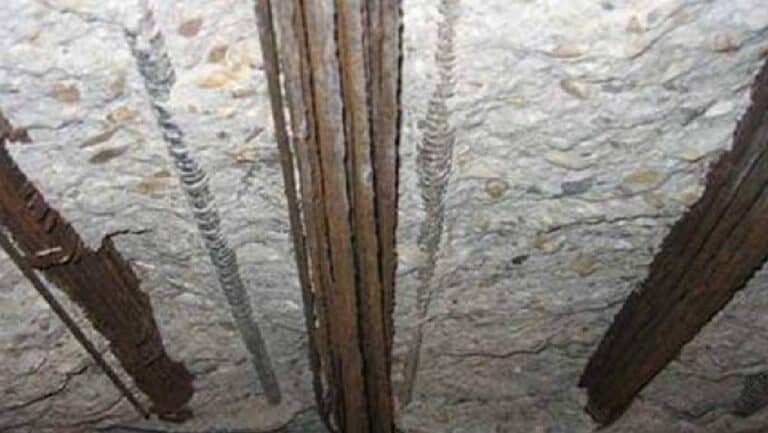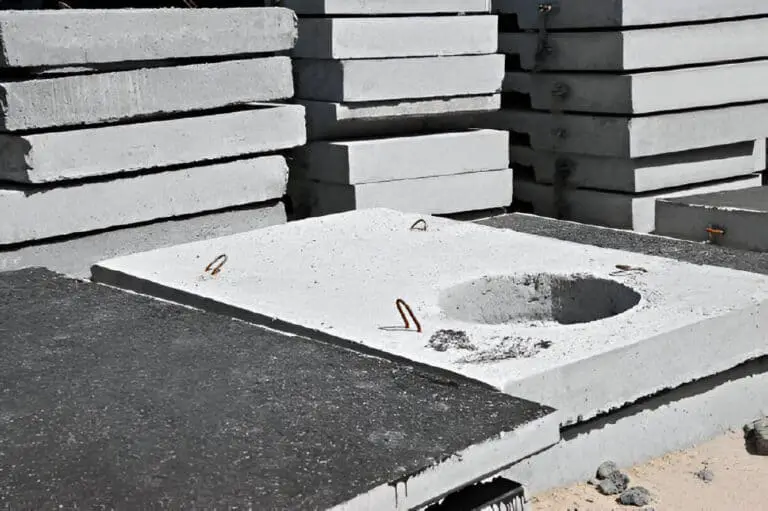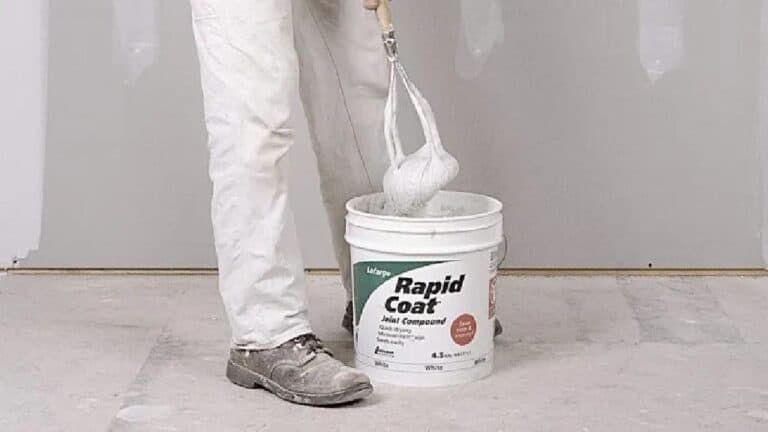What Happens When a Post Tension Cable Breaks and Blows Out the Foundation?
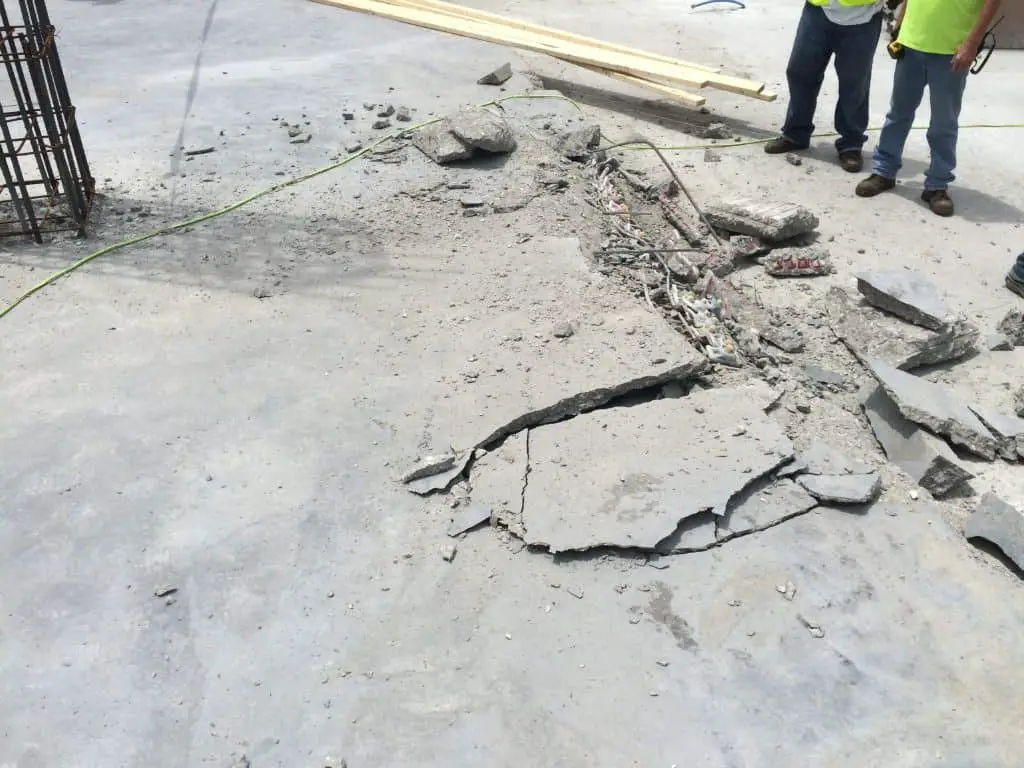
In the world of construction, post-tension cables play a crucial role in enhancing the strength and stability of structures. These cables are used to reinforce concrete, providing added support and reducing the risk of cracks or structural failures.
But, have you ever wondered what would happen if you accidentally cut a post-tension cable? It’s a scenario that most construction professionals dread, as cutting a post-tension cable can have serious consequences.
In this article, we’ll explore the potential outcomes of cutting a post-tension cable and discuss the importance of taking preventative measures to avoid such mishaps. So, let’s dive in and understand the potential implications of this unfortunate incident.
Post-Tension Cables Basic
Before we discuss the consequences of cutting a post-tension cable, it’s crucial to have a clear understanding of what post tension cables are and their uses.
Post-tension cables are high-strength steel cables that are installed within concrete structures to add strength and stability. These cables are tensioned after the concrete has set, exerting a compressive force that counteracts the natural tensile forces that concrete can experience.
Post-tension cables are commonly used in various structures, including bridges, parking garages, high-rise buildings, and even residential homes. They play a vital role in enhancing the structural integrity of these buildings and ensuring their longevity.
Accidentally Cutting a Post-Tension Cable (Risks & Consequences)
Cutting a post-tension cable can have severe consequences, both in terms of safety and structural stability. Here are some potential outcomes that can result from such an incident:
- Structural Damage: Cutting a post-tension cable can compromise the integrity of the entire structure. The tension within the cables provides critical support to the concrete, helping to distribute loads and prevent cracks. Cutting a cable can lead to localized failure, causing structural damage and a potential collapse.
- Safety Risks: Accidentally cutting a post-tension cable can create immediate safety risks. The release of tension in the cable can cause it to snap violently, potentially causing injury to nearby workers or bystanders. The sudden release of energy can propel broken cable ends, posing a serious hazard.
- Weakened Load-Bearing Capacity: Post-tension cables contribute significantly to the load-bearing capacity of a structure. Cutting a cable reduces its ability to distribute loads effectively, resulting in a weakened load-bearing capacity. This can compromise the overall stability of the structure and may necessitate costly repairs or even reconstruction.
- Increased Maintenance Costs: Cutting a post-tension cable can lead to additional maintenance costs. A severed cable’s structural damage frequently necessitates extensive repairs, such as re-tensioning or replacing the affected cables. These repairs can be time-consuming and expensive, causing delays and financial strain.
Signs and Indications of a Cut Post-Tension Cable
Detecting a cut post-tension cable is crucial for timely intervention and the mitigation of potential risks. Here are some signs and indications to look out for:
- Visible Cable Ends: If the cable is accidentally cut near the surface, the exposed ends may be visible. These can appear as frayed or severed strands protruding from the concrete.
- Structural Cracks: Cutting a post-tension cable can lead to visible cracks in the concrete, particularly in the vicinity of the damaged area.
- Unevenness or Sagging: If a post-tension cable is cut, the affected area may exhibit unevenness or sagging, indicating a loss of tension and compromised structural integrity.
- Unusual Noises: Cutting a post-tension cable can result in cracking or popping sounds as the tension is released and the structure undergoes stress redistribution.
Immediate Steps to Take After Accidentally Cutting a Post-Tension Cable
If a post-tension cable is accidentally cut, it is crucial to take immediate action to ensure the safety of the construction site and mitigate further damage. Here are the steps to follow:
- Safety Precautions: Prioritize the safety of construction workers by immediately clearing the area and preventing access to the affected zone.
- Notify Relevant Parties: Inform the project manager, structural engineer, and other relevant parties about the incident. Seek guidance and expertise from professionals experienced in handling post-tension cable accidents.
- Temporary Support: Implement temporary supports or bracing to minimize the risk of immediate structural failure or further damage.
- Document the Incident: Take photographs or videos of the cut cable, surrounding area, and any visible signs of damage. This documentation will be valuable for assessment, insurance claims, and legal purposes.
- Cease Construction Activities: Depending on the severity of the damage and the advice of professionals, it may be necessary to halt construction activities until the situation is assessed and appropriate repairs are planned.
Read: How To Find Post Tension Cables in Concrete?
Assessing the Severity of the Damage
After an accidental cut of a post-tension cable, it is essential to evaluate the severity of the damage to determine the appropriate course of action. Some factors to consider include:
- Location and Depth of the Cut: Assess the location and depth of the cut to understand the extent of the damage. A shallow cut near the surface may have less impact than a deep cut closer to the core of the structure.
- Number of Cables Cut: Determine if multiple cables were cut or if it was an isolated incident. Cutting multiple cables can significantly weaken the structure and increase the complexity of repairs.
- Length of the Cut: The length of the cut also affects the severity of the damage. A longer cut may compromise a larger portion of the cable, leading to more significant structural implications.
- Structural Response: Conduct a thorough structural assessment to understand how the cut cable has affected the overall stability and load distribution of the building. This evaluation will help determine the potential risks and necessary repair strategies.
- Specialized Testing: Utilize non-destructive testing methods, such as ultrasound or radiographic techniques, to detect internal cable damage that may not be immediately visible. These tests can provide valuable insights into the condition of the remaining cables.
Based on the assessment, professionals can determine whether the damaged cable needs repair or replacement and devise an appropriate repair plan.
Repair Options for Cut Post-Tension Cables
When it comes to repairing cut post-tension cables, several options exist depending on the severity of the damage and the structural requirements. These options include:
- Splice Repair: In cases where the cut is relatively small and the structural integrity is not significantly compromised, a splice repair can be performed. This involves joining the cut ends of the cable using specialized couplers or sleeves to restore tension continuity.
- End Anchor Replacement: If the cut is located near the end anchor, it may be necessary to replace the entire anchor assembly. This ensures proper load transfer and prevents further cable slippage.
- Cable Replacement: In situations where the damage is extensive or the cable cannot be effectively repaired, complete cable replacement might be necessary. This involves removing the damaged cable and installing a new one to restore the structural integrity.
- Structural Reinforcement: In some cases, additional measures may be required to reinforce the structure, especially if the cut has caused significant damage. These measures can include the installation of additional post-tension cables or the implementation of supplementary support systems.
It is essential to consult with structural engineers and construction experts to determine the most suitable repair option based on the specific circumstances and requirements of the project.
| Preventative Measures | Description |
| 1. Adequate Training and Awareness | Ensure that all construction personnel involved in the project receive proper training and are aware of the presence of post-tension cables. Provide detailed instructions on cable locations, safety precautions, and procedures to follow in case of cable encounters. Raising awareness among the team can help prevent accidental cuts and promote a safety-first mindset. |
| 2. Accurate Cable Mapping | Obtain accurate and up-to-date cable mapping information before starting any construction work. Collaborate with structural engineers and review construction plans to identify the location of post-tension cables. Marking the cable paths on-site can serve as a visual reminder for workers to exercise caution and avoid potential cable damage. |
| 3. Use of Cable Locating Devices | Utilize modern cable locating devices to identify the precise location of post-tension cables before commencing any excavation or cutting activities. These devices use electromagnetic or ground-penetrating radar technology to detect the presence of cables beneath the surface. By employing these tools, construction professionals can minimize the risk of accidentally cutting a cable. |
| 4. Communication and Collaboration | Foster effective communication and collaboration among team members. Ensure that everyone involved in the project, including contractors, subcontractors, and equipment operators, is aware of the presence of post-tension cables and understands the importance of avoiding their accidental damage. Regular meetings and toolbox talks can serve as valuable platforms to reinforce safety protocols and address any concerns or questions. |
| 5. Proper Equipment and Techniques | Use appropriate tools and equipment when working near post-tension cables. For example, if excavation is required, use non-destructive methods such as hydro excavation or hand digging to avoid damaging the cables. If cutting is necessary, consult with structural engineers or post-tensioning specialists to determine the safest methods and techniques to employ. Following proper procedures and using the right equipment can significantly reduce the likelihood of cable cuts. |
| 6. Continuous Monitoring | Implement a system for continuous monitoring of post-tension cables during construction activities. This can involve regular inspections by qualified professionals to ensure that cables remain intact and undamaged. Any signs of cable compromise, such as visible cuts, should be addressed promptly to prevent further issues. |
| 7. Documenting and Reporting | Maintain thorough documentation throughout the construction process. This includes recording the locations of post-tension cables, documenting any encounters or close calls, and reporting any incidents immediately. By keeping detailed records, construction professionals can identify areas for improvement, investigate any potential damage promptly, and take necessary corrective measures. |
Legal and Insurance Considerations Related to Cutting Post-Tension Cables
Cutting a post-tension cable on a construction site can have legal and insurance implications. Understanding these considerations is essential for all parties involved. Here are some key points to consider:
- Liability Issues: Accidental cable cutting can lead to legal disputes regarding liability. Contractors, subcontractors, and project owners may face claims for damages or injuries resulting from the incident. It is crucial to consult legal professionals to understand the potential liabilities and take appropriate action.
- Contractual Obligations: Construction contracts typically include provisions related to the handling and protection of post-tension cables. Failure to adhere to these contractual obligations can result in breach of contract claims and financial consequences.
- Insurance Coverage: Check the insurance policies in place to determine if they cover accidental damage to post-tension cables. Some policies may exclude specific types of damage or have limitations on coverage. Inform the insurance provider about the incident promptly and follow the necessary procedures for filing a claim.
It is advisable to consult with legal experts and insurance professionals to ensure compliance with legal obligations and to understand the scope of insurance coverage in the event of post-tension cable accidents.
Conclusion
Accidentally cutting a post-tension cable can have serious consequences for both safety and structural stability. The potential outcomes include structural damage, safety risks, weakened load-bearing capacity, and increased maintenance costs. To avoid such incidents, it is crucial to implement preventative measures, including adequate training and awareness, accurate cable mapping, the use of cable locating devices, effective communication and collaboration, proper equipment and techniques, continuous monitoring, and documenting and reporting.
By prioritizing safety, following established protocols, and maintaining open lines of communication, construction professionals can minimize the risk of cutting post-tension cables. Remember, prevention is always better than dealing with the aftermath of an accident. So, stay vigilant, take the necessary precautions, and ensure the longevity and safety of your construction projects.

